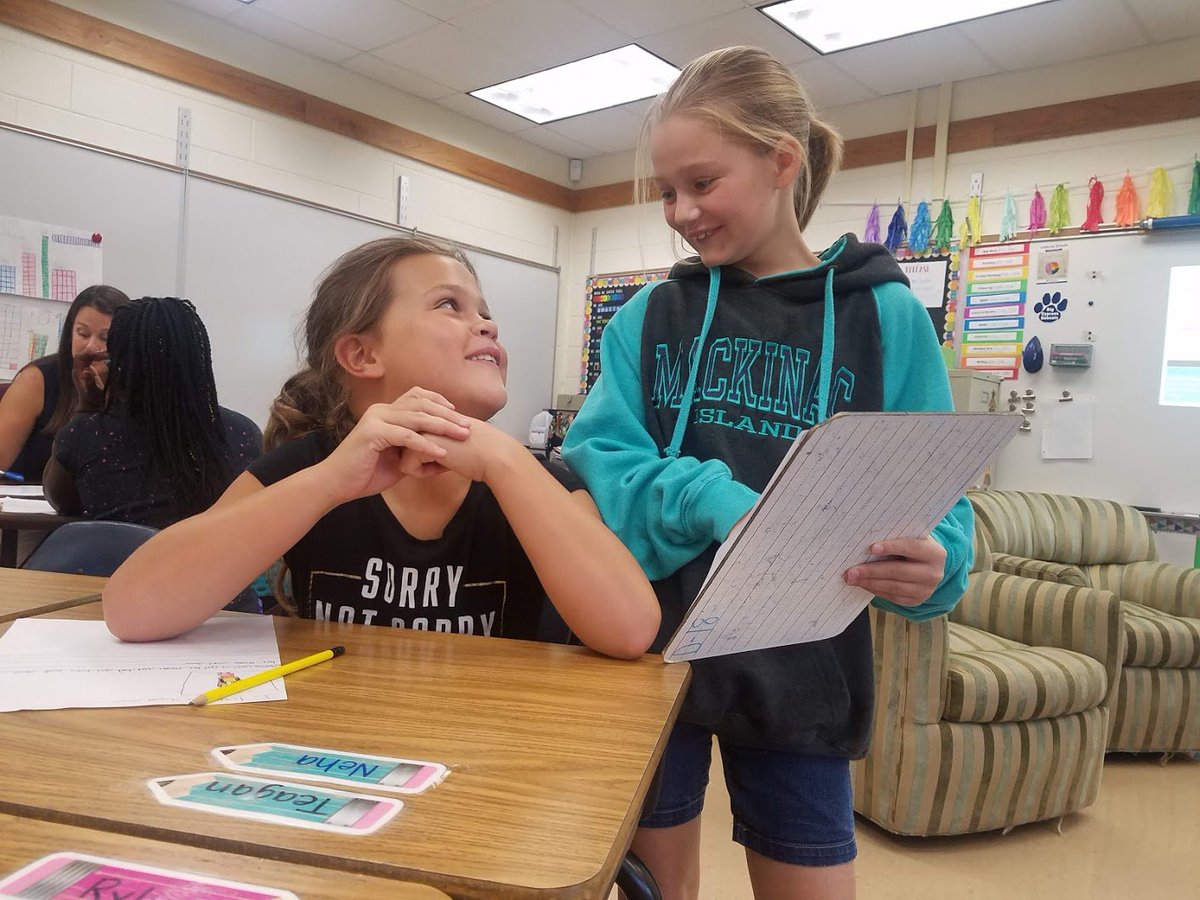When students are truly engaged, you can feel the difference. Their curiosity drives questions, their ideas fill the room, and they tackle challenges with confidence. But for too many students—83% by their own report—school rarely gives them those opportunities.
The start of the school year is a critical moment. In those first months after summer break, students are especially vulnerable to feeling bored, disconnected, or unmotivated. Without a clear way to measure engagement, these early warning signs can slip by unnoticed, until they show up in attendance, participation, or academic performance.
That’s where data comes in. In this guide, you’ll learn how to use surveys, behavior insights, and other engagement indicators to get a clearer picture of student interest, and how to turn that data into meaningful action to keep students connected and thriving.
What Is Student Engagement in Schools?
Student engagement is the attention, curiosity, and participation students bring to school each day. When students are engaged, they’re less likely to feel distracted or hesitant to participate in class.
Educators often look at engagement through three key dimensions:
- Behavioral engagement: Attendance, participation, and task completion
- Emotional engagement: How students feel about coming to class
- Cognitive engagement: How often students think critically about what they’re learning and make connections beyond the classroom
Together, these dimensions offer a complete picture of how students are experiencing school. They help you spot what’s working well and where extra support might be needed to keep students connected and learning.
Why Is Student Engagement Important in Schools?
Student engagement is closely tied to academic success, graduation rates, and even the overall climate of a school. When students are actively involved in their learning, completing assignments, and feeling connected to their school community, they’re more likely to grasp new concepts and retain what they’ve learned. Research shows that strong cognitive engagement can boost academic performance by up to 41%, improve attendance, and lower dropout rates.
Teachers feel the impact, too. Many say that engaged classrooms are not only more productive but also more rewarding—eight out of ten teachers report they’d feel happier and more satisfied in their jobs if students were more engaged.
By tracking and improving student engagement, schools can create a healthy, vibrant learning environment where students are motivated to show up, lean in, and succeed.
Student Engagement Metrics Districts Should Track
Measuring student engagement takes more than checking attendance or reviewing grades. To truly understand how students are experiencing school, districts need to pair hard numbers with insights that capture how students feel and what they think about their learning environment.
Here are the areas worth tracking to get the full picture:
Attendance and Participation RatesLook for patterns in classroom participation, involvement in extracurricular activities, and engagement across different student groups. These trends can help you spot students who may need extra support early—before a small dip in engagement grows into chronic absenteeism.
Academic Performance IndicatorsTrack homework completion, project participation, and overall academic performance to see how deeply students are engaging with their learning. These indicators reveal whether students are thinking critically and applying concepts beyond the classroom.
Behavioral and EngagementKeep track of class participation, leadership roles, volunteer involvement, and positive behavior. These insights help you celebrate student contributions, acknowledge effort, and quickly spot when a student may be starting to disengage from school life.
Connection to SchoolRegularly check in on how students feel about school, their teachers, and their learning through surveys, conversations, or small-group meetings. When students feel supported and connected, they’re more likely to stay motivated and engaged in their learning.
Student Voice and Feedback DataGive students a voice. Use surveys, focus groups, or advisory councils to understand their experiences with learning and school life. Their input helps ensure that efforts and initiatives are truly aligned with what students need to feel supported and succeed.
Digital Engagement AnalyticsDon’t overlook the digital side of learning. Monitor participation on online platforms, discussion boards, and virtual assignments to get a clearer view of engagement in blended or remote settings. These insights can help you spot students who may be keeping up academically but feeling disconnected.
Student Engagement Tools and Survey Methods
Strong engagement systems do more than collect data—they deliver a reliable, multi-dimensional view of how students are experiencing school and provide actionable insights that help educators respond quickly. Without the right tools in place, districts risk missing early warning signs of disengagement and overlooking student needs.
Here are some of the most effective ways districts can measure and support student engagement:
Comprehensive Student SurveysComprehensive surveys provide a clear baseline for student engagement and make it possible to track changes year over year across every grade level. They surface patterns in participation, motivation, and school connection, helping educators see where support is needed and measure the impact of interventions over time.
Pulse Check SurveysShort, pulse-style surveys offer real-time insights into how students are feeling and participating throughout the school year. By spotting trends early, these tools help teachers and administrators adjust strategies and address concerns before they grow into larger challenges.
Classroom ObservationStructured observation tools give educators a consistent way to assess engagement during instruction. By looking at participation, attention, and collaboration, teachers can spot both individual and classroom-wide patterns and adjust their strategies to better support students in real time.
Focus and Discussion GroupsBringing students and teachers together for structured discussions offers insights that surveys alone can’t capture. These conversations help uncover the “why” behind engagement trends, revealing motivations, barriers, and opportunities to create more meaningful and connected learning experiences.
Teacher and Staff SurveysEducators see student engagement from a unique vantage point. Surveys designed for teachers and staff complement student feedback by highlighting patterns, behaviors, and challenges that raw data alone might miss. Together, these perspectives create a more complete understanding of engagement across the school.
Parent and Family InputFamilies bring an essential perspective to student engagement. Their feedback provides context about students’ home environments, routines, and support systems—insights that help schools build stronger connections between home and classroom learning.
Supporting Engagement Across All Grades
Traditional, one-size-fits-all approaches to engagement might fall short because students’ needs and motivations change as they grow.
- Younger learners thrive when they can explore, create, and learn through hands-on experiences.
- Middle school students connect through social interaction and opportunities to explore their identities.
- High school students engage when they see purpose in their work—how today’s learning connects to future goals and real-world opportunities.
Districts that recognize these differences, and intentionally measure engagement across every grade level, are better positioned to design supports and interventions that meet students where they are.
Elementary School
At the elementary level, engagement often shows up as curiosity, active participation, and collaborative play. Students who ask questions, share ideas, and work well with their peers are usually the most connected to their learning. Schools like Maunawili Elementary have seen academic gains by tracking participation and social engagement, then using that data to design classroom activities that spark curiosity and excitement.
Middle School
Middle school is a time of rapid change, when students are figuring out where they fit and how they connect with others. Engagement often depends on strong peer relationships, opportunities for self-expression, and feeling valued within the school community. By tracking things like social participation, classroom collaboration, and involvement in advisory programs, educators can better understand students’ experiences and provide supports that strengthen their sense of belonging and motivation during these important years.
High School
In high school, students are increasingly focused on what comes after graduation. Engagement often shows up in career readiness indicators, post-secondary planning, and participation in internships, clubs, or advanced coursework. Tracking these metrics gives schools a clearer view of students’ long-term goals and helps align learning experiences with the skills and opportunities that support their future success.
Why Panorama Is the Best Solution for Measuring Student Engagement
Measuring student engagement in schools is only valuable if the data leads to action. Panorama’s Student Survey gives districts the tools they need to measure student engagement across behavioral, emotional, and cognitive dimensions—and turn insights into meaningful interventions.
With research-backed survey instruments, grade-appropriate questions, and real-time dashboards, educators can track trends, identify students who need support, and uncover engagement patterns across classrooms, grades, and demographics. The platform also amplifies student voice, ensuring learners contribute directly to shaping their educational experience.
By integrating survey results with intervention planning, Panorama helps schools move beyond one-size-fits-all strategies. Educators can focus on designing supports that meet students where they are, improve school climate, and boost academic outcomes. With Panorama, districts gain a complete, actionable picture of student engagement—empowering every teacher and student to thrive.
Download the Panorama Student Survey and start turning insights into action.





.jpg)

.webp?width=478&height=557&name=panorama_student_survey-1%20(1).webp)